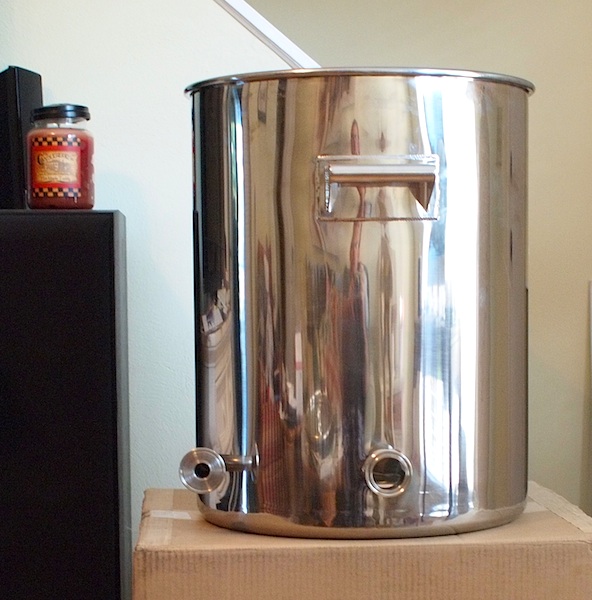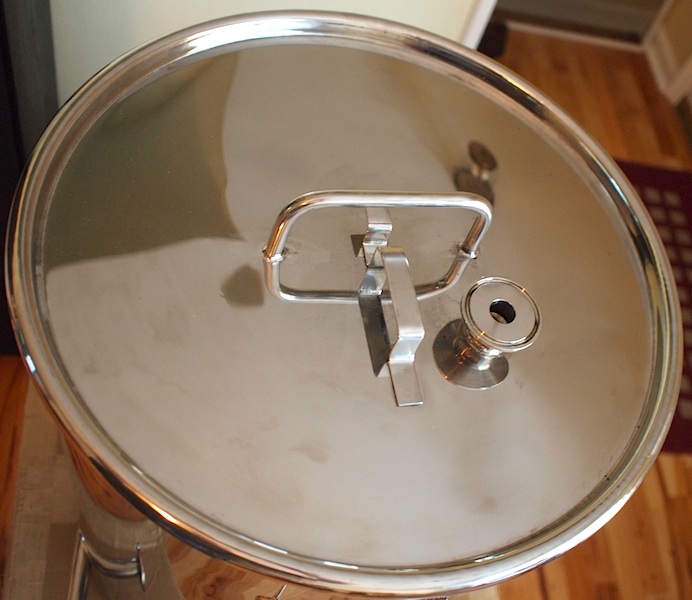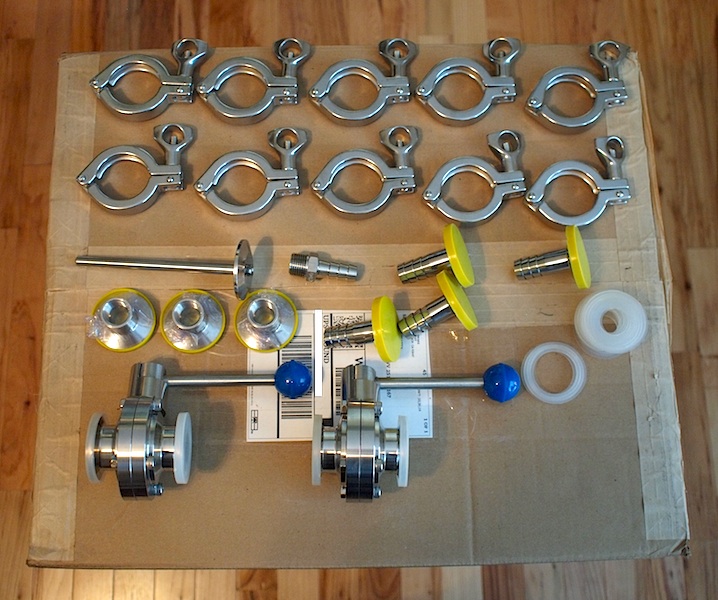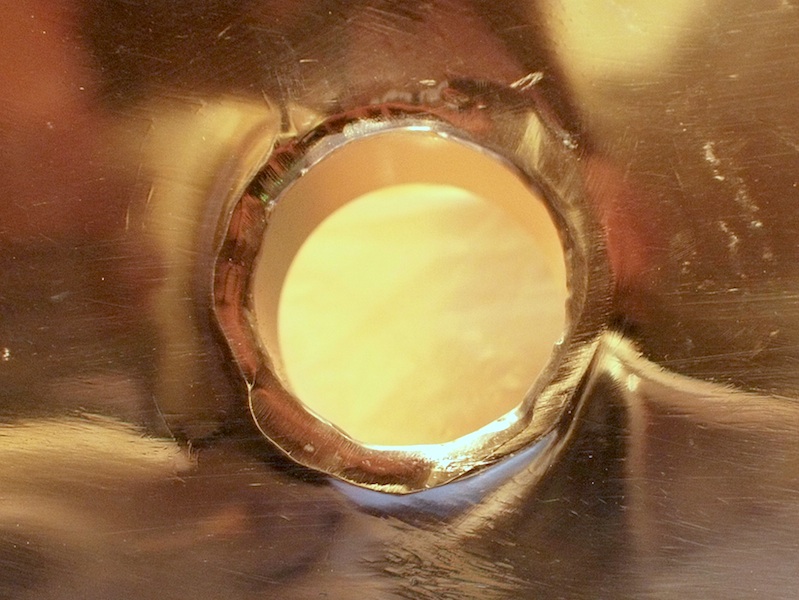Ragtop232
Well-Known Member
I'll start this build thread out by saying I'm NOT a DIY'er and this system could probably be put together at half the price if you can or are willing to do all the work yourself. I had budgeted ~$2000.00 for the Braumeister 20L and really liked the concept of a single vessel brewery and the overall ease of the brew day with this unit. I was almost ready to pull the trigger, but I felt uncomfortable about the purchase. My number one concern was the proprietary parts and I was afraid if I experienced a malfunction, I would have to order the parts from Germany, if they were even available, at very high prices and long shipping delays. This was unacceptable to me.
So, I decided to use the money I had budgeted to put together a system similar to the Braumeister but with standardized parts that would be readily available if I needed to replace them. This will also be an eBIAB system, as I've formulated all my favorite recipes for this brewing style. Since I am not a DIY'er, everything must be sourced "ready to run". I only wanted to have to assemble the items to be ready to brew. I've done over 70 BIAB sessions and thought this style of brewing would fit nicely into my brewery plans.
Here are the goals I am trying to achieve with this build:
• Heavy Duty, all SS 15 Gal brew pot
• All Tri-Clamp SS fittings
• Wort Recirculation
• Automatic Temperature Control
• All Electric
• Single Vessel
• Adhere to the simplicity of BIAB
Updated 12/16/2012 Click Here for Latest Photos and Information
So, I decided to use the money I had budgeted to put together a system similar to the Braumeister but with standardized parts that would be readily available if I needed to replace them. This will also be an eBIAB system, as I've formulated all my favorite recipes for this brewing style. Since I am not a DIY'er, everything must be sourced "ready to run". I only wanted to have to assemble the items to be ready to brew. I've done over 70 BIAB sessions and thought this style of brewing would fit nicely into my brewery plans.
Here are the goals I am trying to achieve with this build:
• Heavy Duty, all SS 15 Gal brew pot
• All Tri-Clamp SS fittings
• Wort Recirculation
• Automatic Temperature Control
• All Electric
• Single Vessel
• Adhere to the simplicity of BIAB
Updated 12/16/2012 Click Here for Latest Photos and Information


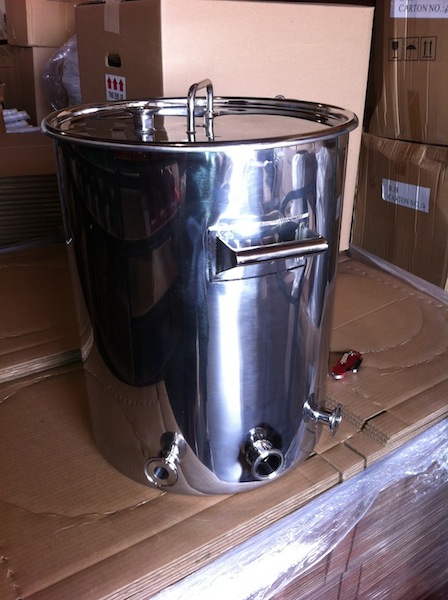
![Craft A Brew - Safale S-04 Dry Yeast - Fermentis - English Ale Dry Yeast - For English and American Ales and Hard Apple Ciders - Ingredients for Home Brewing - Beer Making Supplies - [1 Pack]](https://m.media-amazon.com/images/I/41fVGNh6JfL._SL500_.jpg)





























































